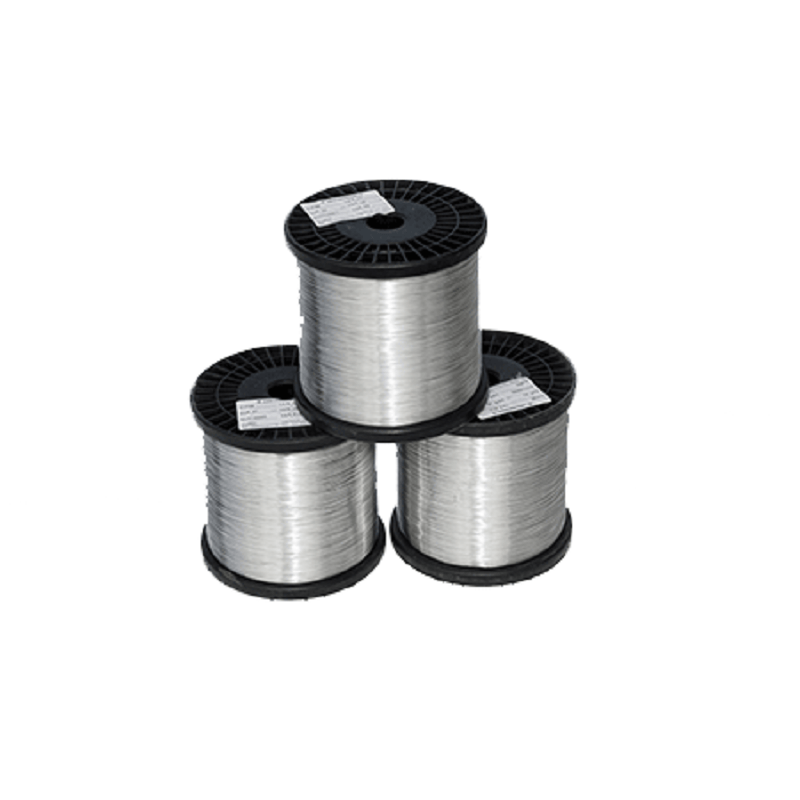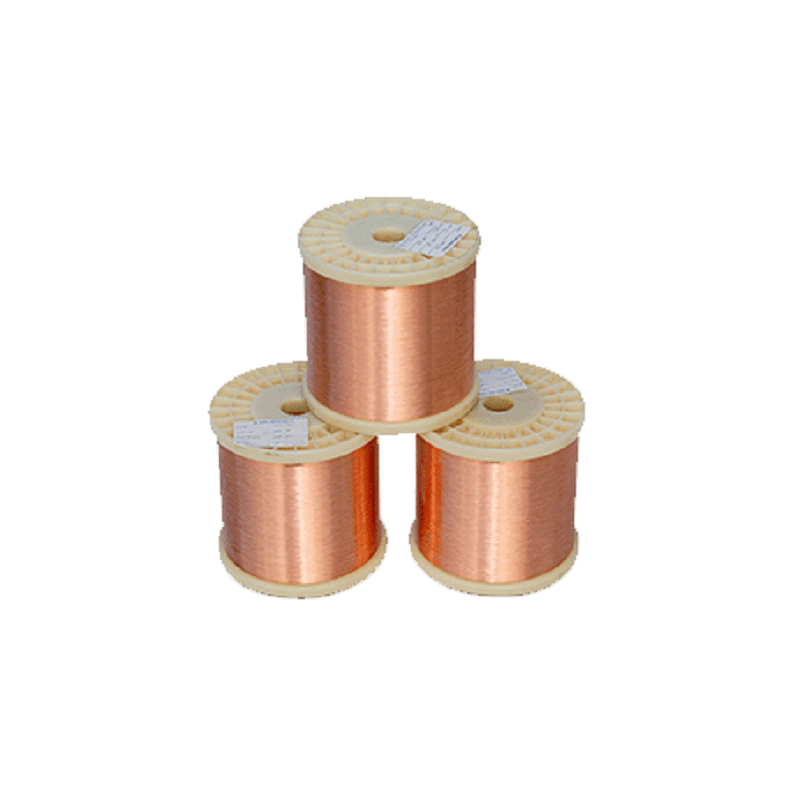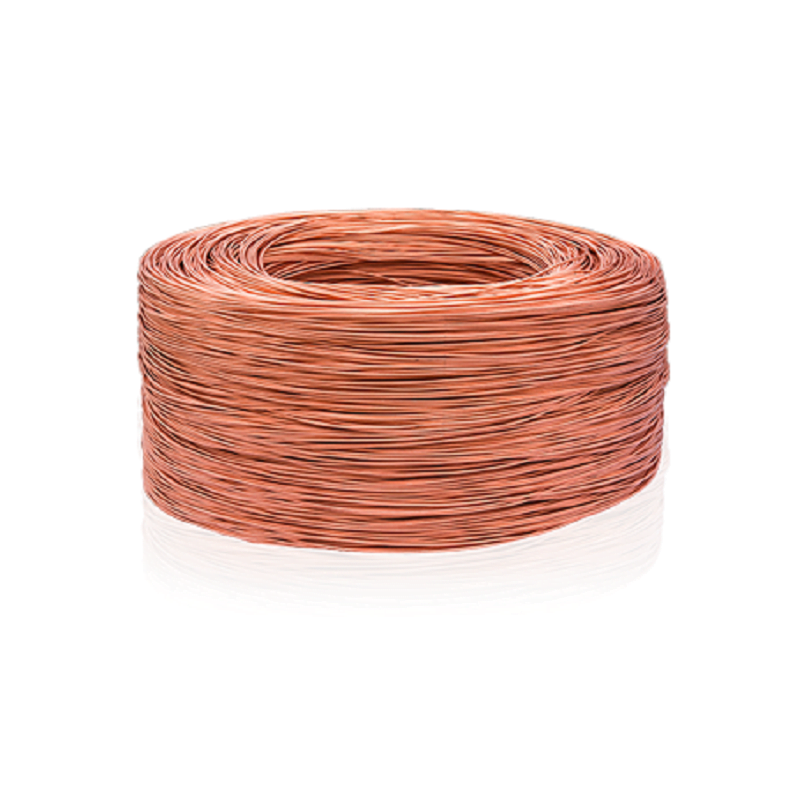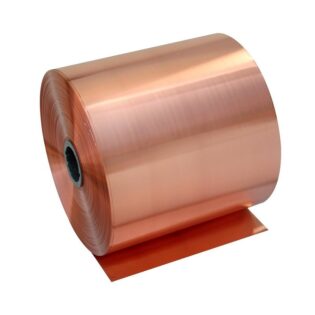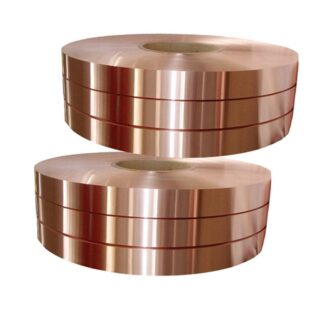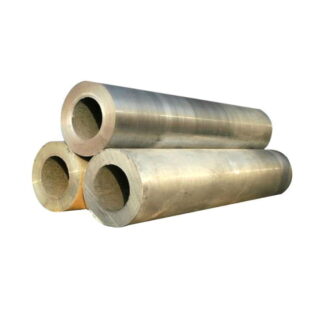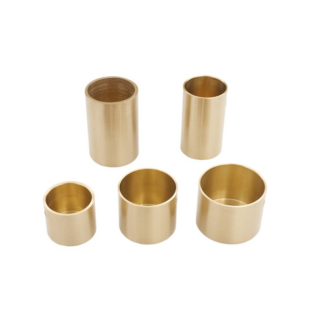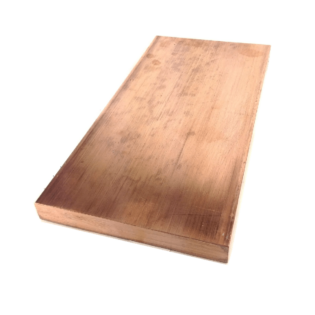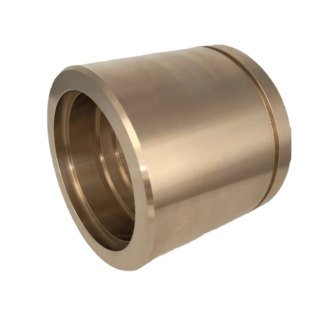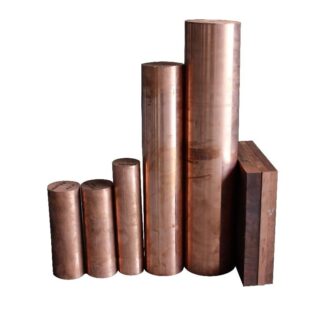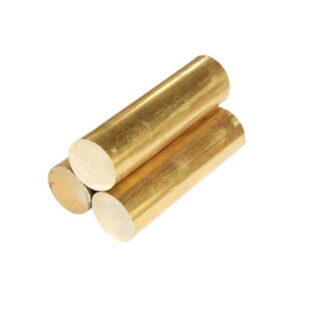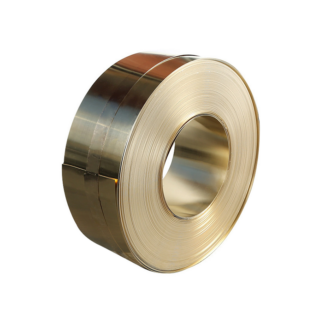Φ3,0 mm Wysoka przewodność okrągły drut miedziany i φ0.10 mm-22,99 mm nagie drut miedziany
Model/status: TY, Tr
National Standard: GB/T3953-2009
Odporność wysokiej przewodności φ3,0 mm okrągły drut miedziany i φ0.10 mm-2,99 mm nagie drut miedziany wytwarzany przez naszą firmę wynoszą ≦ 0,01745.
Charakteryzują się doskonałą przewodnością, silną wytrzymałością na rozciąganie i wysokim wydaniem. Produkty są używane głównie w nowych aplikacjach.
Pojazdy energetyczne, tranzyt kolejowy, sprzęt energetyczny, technologia informacyjna, przemysł obrony narodowej, inteligentna siatka, wytwarzanie energii fotowoltaicznej słonecznej i inne dziedziny.
Opis dyrygenta miedzianego
Wysokiej klasy produkty przewodników miedzianych obejmują głównie przewodzącą miedzianą pręt, bardzo precyzyjny elektryczny okrągły drut miedziany, puszone miękkie okrągłe przewody przewodnikowe, miękki drut miedziany i inne serie odmian.
| Nazwać | Stan/model | Średnica (mm) | Diameter & Allowable Deviation(mm) | Siła testowania (N/mm2) | Skręcenie | Wydłużenie(%) | Rezystywność elektryczna (ω · mm2/m) | |
| Naprzód do przodu | Odwracać | |||||||
| GB | GB | GB | GB | GB | GB | GB | GB | GB |
| Drut miedziany do celów elektrycznych | T1M20 | Φ8.0 | ± 0,4 | – | 25 | ≧ 25 | ≧ 40 | ≦ 0,01707 |
| Okrągły drut miedziany do celów elektrycznych | TY | Φ3.0 | ± średnica × 1% | ≧ 389 | – | – | ≧ 1.0 | ≦ 0,01770 |
| Okrągły drut miedziany do celów elektrycznych | Tr | Φ1.0-F3.20 | ± średnica × 1% | – | – | – | ≧ 25 | ≦ 0,017241 |
| Okrągły drut miedziany do celów elektrycznych | Tr | Φ0.10-F0.125 | ± 0,003 | – | – | – | ≧ 10 | ≦ 0,017241 |
| Φ0.126-F0.30 | ± 0,004 | – | – | – | ≧ 15 | |||
| Φ0.301-F0.38 | ± 0,004 | – | – | – | ≧ 20 | |||
| Φ0.381-F0.57 | ± średnica × 1% | – | – | – | ≧ 20 | |||
| Φ0.571-F0.68 | ± średnica × 1% | – | – | – | ≧ 25 | |||
| Tinned Round drut miedziany | Txr | Φ0.12-F0.125 | 0.006 | – | – | – | ≧ 12 | ≦ 0,01802 |
| -0.003 | ||||||||
| Φ0.126-F0.25 | 00,01 | – | – | – | ≧ 12 | ≦ 0,01802 | ||
| -0.004 | ||||||||
| Φ0.251-F0.40 | 00,01 | – | – | – | ≧ 15 | ≦ 0,01770 | ||
| -0.004 | ||||||||
| Φ0.401-F0.50 | + Średnica × 2% | – | – | – | ≧ 15 | ≦ 0,01770 | ||
| - Diameter × 1 % | ||||||||
| Φ0.501-F0.68 | + Średnica × 2% | – | – | – | ≧ 20 | ≦ 0,01760 | ||
| - Diameter × 1 % | ||||||||
Zalety dyrygenta miedzianego
Niska rezystywność
Oporność kabla rdzenia aluminiowego wynosi około 1,68 razy większa niż miedziany kabel rdzenia.
Dobra plastyczność
Wskaźnik wydłużenia stopu miedzi wynosi 20 ~ 40%, szybkość wydłużenia miedzi elektryka wynosi ponad 30%, a szybkość wydłużenia stopu aluminium wynosi zaledwie 18%.
Wysoka wytrzymałość
Dopuszczalne naprężenie w temperaturze pokojowej jest o 7 ~ 28% wyższe dla miedzi niż dla aluminium. Zwłaszcza w przypadku stresu w wysokich temperaturach różnica między nimi jest jeszcze bardziej odległa.
Antyfatige
Aluminiowe zakręty i łatwo pęka, miedź nie. Miedź jest również około 1,7 do 1,8 razy bardziej elastyczna niż aluminium.
Dobra stabilność, odporność na korozję
Rdzeń miedzi jest odporny na utlenianie i korozję, podczas gdy rdzeń aluminiowy jest łatwy do utleniania i korozji.
Duża prąd przenoszenia
Z powodu niskiej rezystywności dopuszczalna dodatek (maksymalny prąd, który może przejść) miedzianego kabla rdzenia tego samego przekroju jest około 30% wyższa niż w aluminiowym kablu rdzenia.
Utrata niskiego napięcia
Z powodu niskiej rezystywności miedzianych kabli rdzenia, gdy ten sam prąd przepływa przez tę samą część. Kabel rdzenia miedzianego ma mały spadek napięcia. Ta sama odległość transmisji może zapewnić wyższą jakość napięcia; Gdy spadek napięcia jest dozwolony, miedziane kable rdzeniowe mogą osiągnąć duże odległość, to znaczy obszar pokrycia zasilacza jest duży, co jest korzystne dla planowania sieci i zmniejsza liczbę punktów zasilania.
Temperatura ogrzewania
Pod tym samym prądem ciepło wytwarzane przez miedziane przewody tego samego przekroju jest znacznie niższe niż w aluminiowych kablach rdzenia, co czyni operację bezpieczniejszą.
Niskie zużycie energii
Ze względu na niską rezystywność miedzi jest oczywiste, że utrata mocy kabli miedzianych jest niższa niż w przypadku kabli aluminiowych. Pomaga to poprawić wydajność wytwarzania energii i chronić środowisko.
Anty-utlenianie, odporne na korozję
Złącza kabli rdzeniowych miedzianych mają stabilną wydajność i nie będą powodować wypadków z powodu utleniania. Gdy połączenia kabli rdzenia glinu są niestabilne, oporność kontaktowa wzrasta z powodu utleniania, a wypadki występują z powodu wytwarzania ciepła. Dlatego wskaźnik wypadków jest znacznie większy niż w przypadku kabli miedzianych.
Wygodna struktura
Miedziany rdzeń jest elastyczny, ma niewielki promień zginający, jest łatwy do obrócenia, a rura jest łatwa w zużyciu; Miedziany rdzeń jest odporny na zmęczenie, nie jest łatwo uszkodzony po powtarzanym zginaniu i jest łatwy do przewodów; Miedziany rdzeń ma wysoką wytrzymałość mechaniczną i może wytrzymać duże napięcie mechaniczne, co czyni go dobrym wyborem dla pasów budowlanych i budowlanych, przynosi wielką wygodę i tworzy warunki zmechanizowanej konstrukcji.

